Chest Measurement Calculator
Looking for the perfect fit? Check Out These Best-Selling Men’s Shirts and T-Shirts.

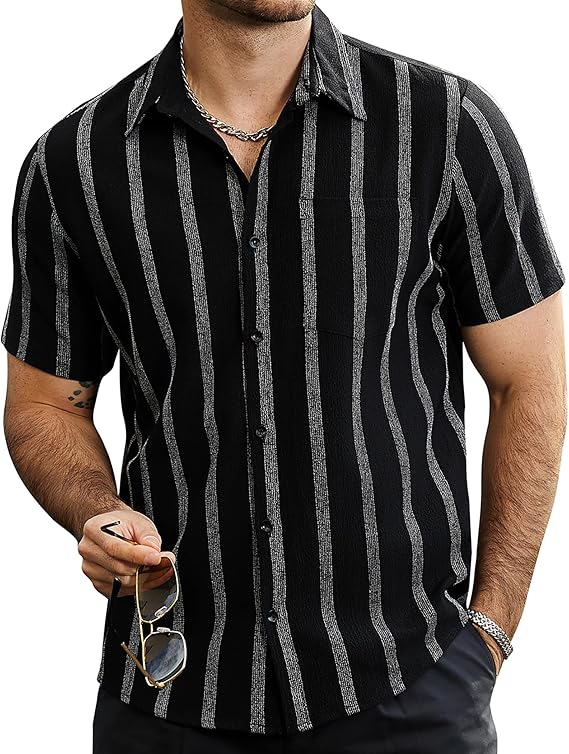
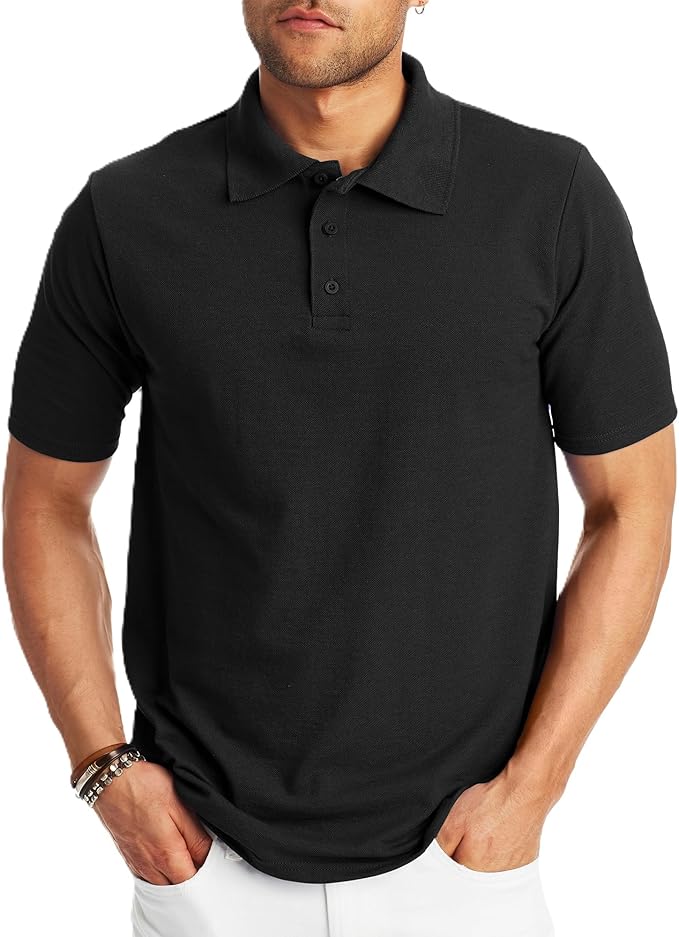
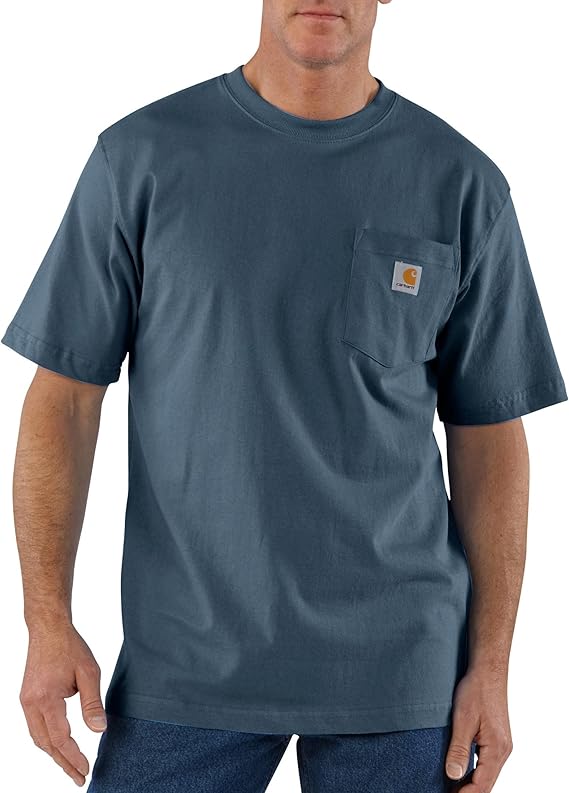
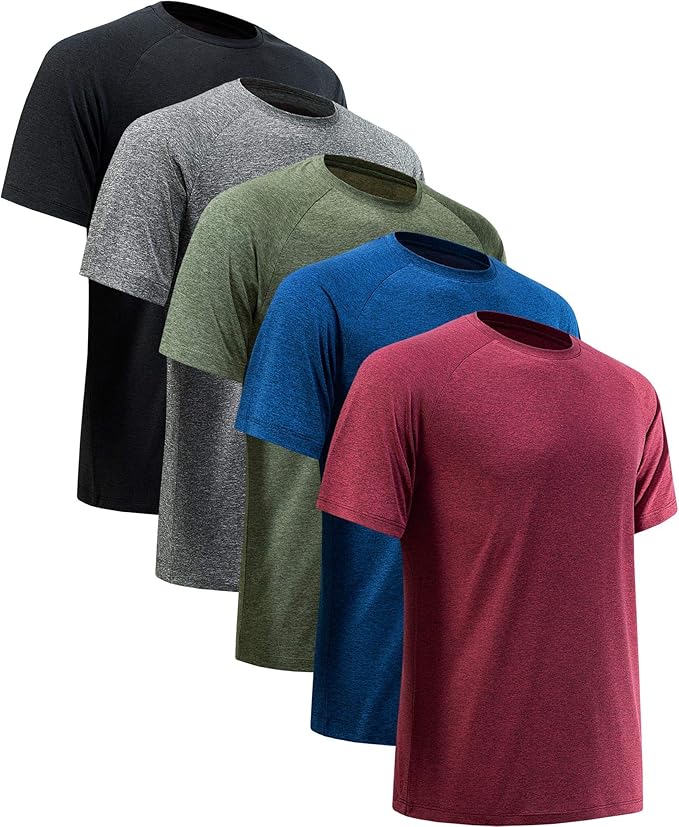
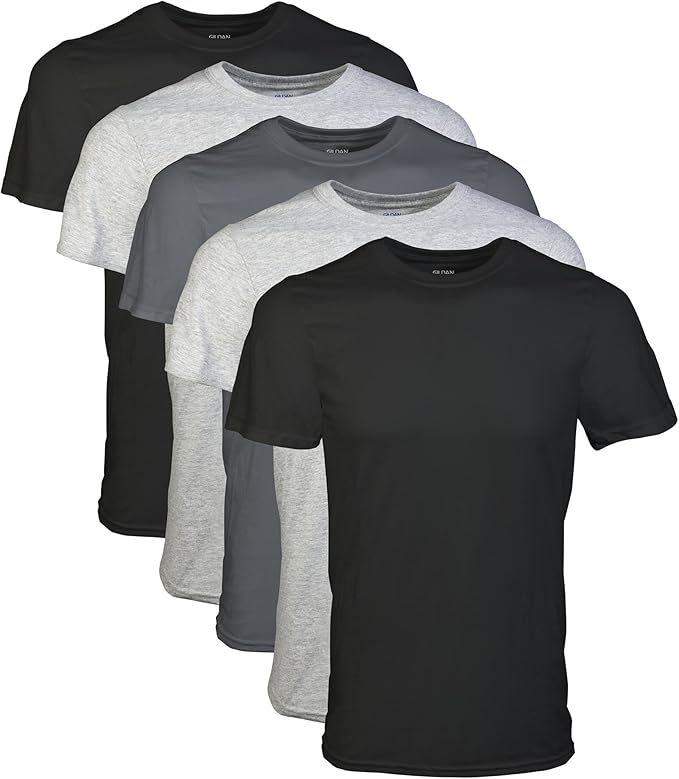
Chest Measurement Calculator – The Ultimate Guide to Finding the Perfect Fit
When it comes to purchasing clothing, especially shirts, jackets, dresses, or sports bras, one of the most important factors in getting the perfect fit is knowing your chest measurement. Whether you’re shopping for yourself or someone else, understanding how to take an accurate chest measurement is crucial for both comfort and style. This guide will explain how to measure your chest, why it’s important, and provide a detailed chest size chart to help you choose the right fit.
Why Chest Measurements Matter
Chest measurements are vital for several reasons:
- Comfort: Proper chest measurement ensures that your clothing fits well, offering comfort and freedom of movement. Ill-fitting clothes can lead to discomfort, chafing, or restricted movement, especially in tight-fitting shirts or activewear.
- Style: Clothing that fits well looks better. When you know your chest measurements, you’re more likely to find clothes that complement your body shape, whether you’re choosing a tailored shirt, a jacket, or a form-fitting dress.
- Health and Support: For undergarments like sports bras or compression garments, chest measurements are critical for providing the right amount of support. An accurate chest size helps avoid issues like discomfort or inadequate support during physical activities.
How to Measure Your Chest: A Step-by-Step Guide
Before diving into the chest measurement chart, it’s essential to learn how to measure your chest accurately. This process will allow you to use sizing charts with confidence when shopping.
1. Gather Your Tools
- Soft measuring tape: Make sure it’s flexible and easy to wrap around your body.
- Mirror: To ensure your tape is positioned correctly and level.
- A friend (optional): If you’re measuring yourself, a friend can be helpful for ensuring the tape is level.
2. Stand Up Straight
- Stand in a relaxed, natural position with your arms down by your sides and your body straight.
3. Find the Correct Measurement Point
- Measure around your chest: Wrap the measuring tape around the fullest part of your chest, which is typically located just under the armpits and across the nipple line. Ensure the tape is parallel to the ground and snug but not tight.
- Take the measurement at the widest point: This will give you the most accurate chest measurement.
4. Record the Measurement
- Take a deep breath in and then let it out, allowing the tape to stay in place naturally.
- Note the measurement, which is typically in inches or centimeters.
5. Double-Check
- Measure twice to ensure accuracy. If possible, have a second person assist you to make sure the tape is level and positioned correctly.
Chest Size Chart
Now that you know how to measure your chest, let’s take a look at a chest size chart to guide you in selecting the right clothing size based on your measurement.
Here’s a general chest size chart for both men and women, broken down by chest circumference. The chart below will provide information on standard sizes for shirts, jackets, sports bras, and other clothing items.
Men’s Chest Size Chart
| Chest Measurement (inches) | US Size | UK Size | EU Size | Chest Measurement (cm) |
|---|---|---|---|---|
| 30-32 | XS | XS | 44-46 | 76-81 |
| 34-36 | S | S | 46-48 | 86-91 |
| 38-40 | M | M | 50-52 | 97-102 |
| 42-44 | L | L | 54-56 | 107-112 |
| 46-48 | XL | XL | 58-60 | 117-122 |
| 50-52 | XXL | XXL | 62-64 | 127-132 |
| 54-56 | 3XL | 3XL | 66-68 | 137-142 |
Women’s Chest Size Chart
| Chest Measurement (inches) | US Size | UK Size | EU Size | Chest Measurement (cm) |
|---|---|---|---|---|
| 28-30 | XS | XS | 34-36 | 71-76 |
| 32-34 | S | S | 38-40 | 81-86 |
| 36-38 | M | M | 42-44 | 91-97 |
| 40-42 | L | L | 46-48 | 102-107 |
| 44-46 | XL | XL | 50-52 | 112-117 |
| 48-50 | XXL | XXL | 54-56 | 122-127 |
| 52-54 | 3XL | 3XL | 58-60 | 132-137 |
Understanding Chest Size Variations Across Brands
It’s important to note that sizes can vary slightly depending on the brand. For example, some brands might offer a more relaxed or slim fit, affecting how their clothing fits at the chest. Additionally, measurements in different regions (US, UK, EU) may also differ slightly, which is why it’s always a good idea to refer to each specific brand’s sizing guide.
When purchasing clothing, always double-check the measurements provided by the brand. The general chest size chart is a helpful guideline, but you should always ensure you’re looking at the size guide specific to the brand or retailer.
Types of Clothing and Their Chest Size Requirements
Different types of clothing require different types of chest measurements, and the fit can vary depending on the style and fabric. Here’s a breakdown of how chest measurements apply to various types of clothing:
1. Shirts and T-Shirts
- Chest measurements for shirts are crucial for determining the fit around the torso. A well-fitting shirt should provide enough space to breathe but not be overly loose.
- For fitted or slim-fit shirts, you may want to consider a size that’s just slightly smaller than your chest measurement for a more tailored look.
2. Jackets and Blazers
- When choosing a jacket or blazer, chest measurements are key to ensuring that the garment sits comfortably around the chest without being too tight or too loose.
- For tailored jackets, the chest measurement will be used to select the appropriate size for a clean, sharp fit.
3. Sports Bras
- For sports bras, the chest measurement is essential for ensuring that the garment provides the right amount of support during physical activity.
- A snug fit is important, but the sports bra should also allow for comfort and flexibility without squeezing.
4. Sweaters and Hoodies
- Sweaters and hoodies should be loose enough to provide comfort but not so loose that they hang off your body. Chest measurements are particularly useful when choosing sweaters that are meant to fit snugly or be worn as outer layers.
5. Dresses and Tops
- For dresses and fitted tops, chest measurements ensure that the garment fits well around the bust and torso. This is especially important for dresses with structured bust lines or fitted waistbands.
Tips for Getting the Best Fit
Here are some tips to help you get the best fit based on your chest measurement:
- Don’t Just Go by Size: While chest measurements are a great starting point, consider factors like fabric type (stretchy vs. non-stretchy) and garment style (slim fit vs. relaxed fit) when choosing your size.
- Check the Brand’s Sizing Guide: As mentioned earlier, sizing can vary by brand. Always refer to the brand’s specific size guide, especially when shopping online.
- Consider Your Desired Fit: Think about how you want your clothing to fit. For example, if you prefer a looser fit, you might choose a larger size than your chest measurement suggests. Conversely, if you want a more fitted look, you might go for a smaller size.
- Remember to Account for Stretch: Some fabrics (like spandex or cotton blends) offer more stretch than others. If you’re purchasing stretchy clothing, you may not need to focus too heavily on exact chest measurements.
- Take Accurate Measurements: Always measure yourself accurately and in a relaxed position. Using a soft, flexible measuring tape is key for ensuring your chest measurement is correct.
Conclusion
Knowing your chest measurement is essential for ensuring that your clothing fits well and feels comfortable. Whether you’re buying shirts, jackets, sports bras, or dresses, an accurate chest measurement helps you select the right size, giving you confidence in your wardrobe choices.
Using the chest size chart provided in this post, you can easily convert your measurements into the appropriate clothing sizes for different regions. Remember that sizing can vary between brands, so always double-check specific sizing guides when making a purchase. With the right chest measurement, you’ll be able to select clothes that provide both comfort and style, no matter the occasion.
Happy shopping, and don’t forget to take your measurements before making your next clothing purchase!






